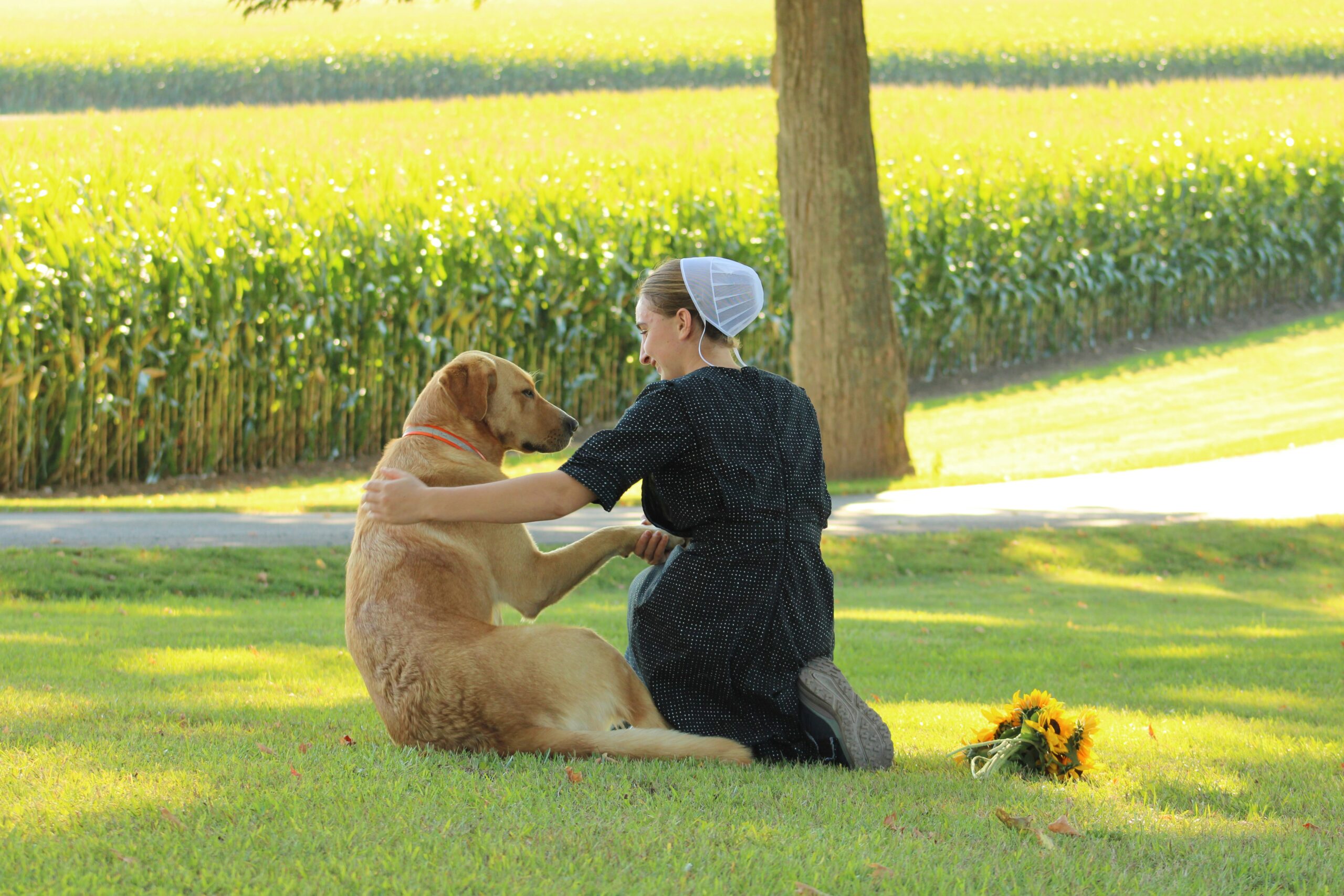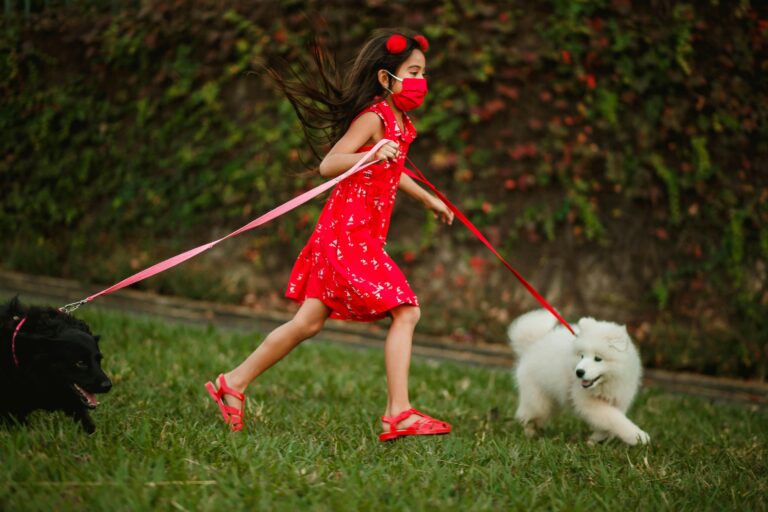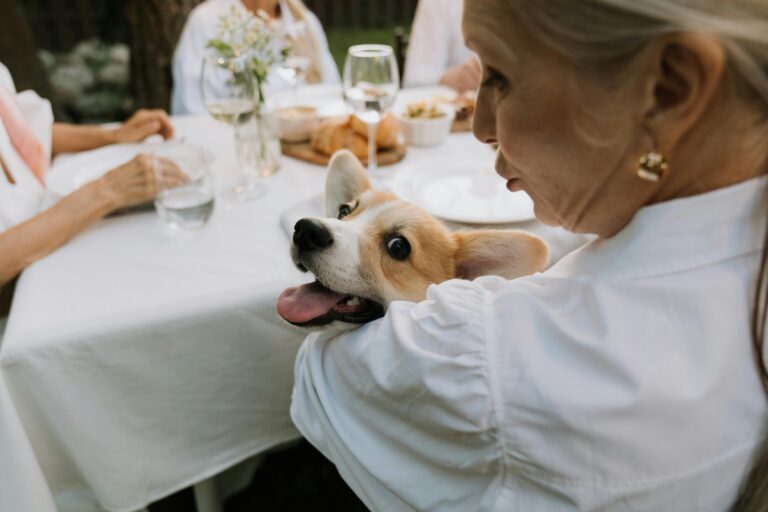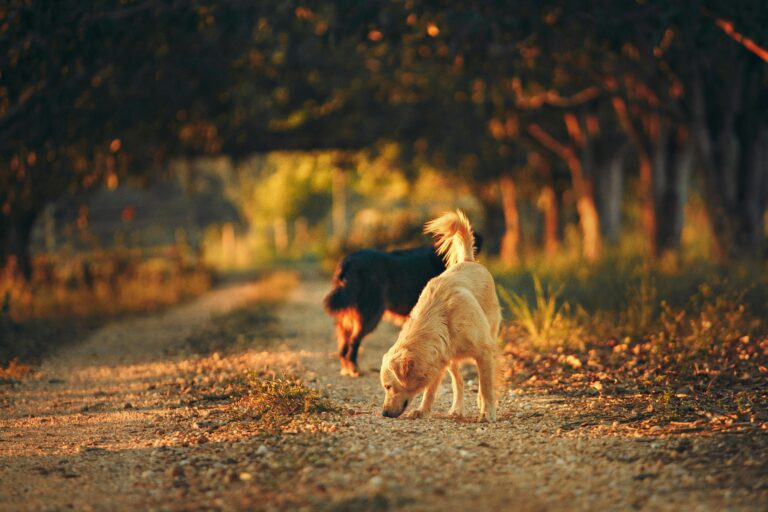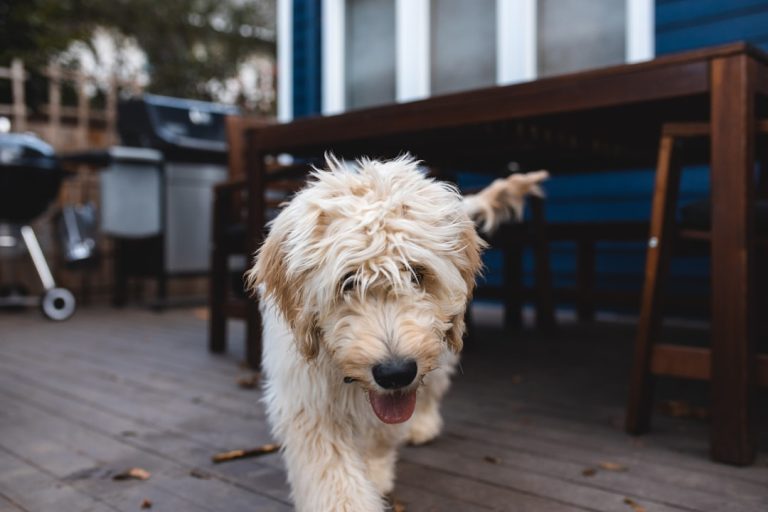Beat the Heat: Signs of Overheating and How to Prevent It
Summer in Pittsburgh brings long days and warm evenings, perfect for hikes, outdoor play, and weekend barbecues. But when temperatures soar, your dog may be at risk for one of the most serious warm-weather dangers: overheating.
Unlike humans, dogs cannot sweat through their skin. They pant to regulate body temperature, and that method becomes less effective as the humidity and heat rise. If you are unsure whether your dog is staying cool enough this season, now is the time to learn how to recognize and prevent heat stress.
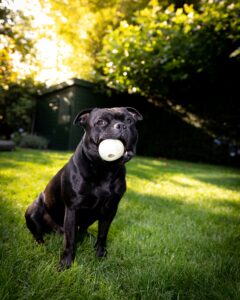
Why Overheating Happens So Fast
Dogs do not have the same cooling systems we do. They release most excess heat through panting and a small amount through their paw pads. Breeds with short muzzles like pugs and bulldogs, dogs with thick coats, and older pets are particularly vulnerable to overheating.
Even short walks during midday or too much playtime in direct sunlight can push your dog’s temperature into a danger zone.
Warning Signs of Overheating in Dogs
Knowing the early signs of overheating can prevent emergencies. Watch for:
- Rapid or excessive panting
- Drooling or thick saliva
- Bright red or pale gums
- Glazed or unfocused eyes
- Weakness or collapse
- Vomiting or diarrhea
- Elevated heart rate
- Disorientation or wobbling
If your dog exhibits any of these signs, move them to a shaded or air-conditioned area, offer small amounts of water, and contact your vet immediately.
How to Prevent Heatstroke in Dogs
Staying proactive is the best way to protect your dog during hot weather. Here are key prevention strategies:
- Walk early or late in the day
Aim for early morning or evening walks when temperatures are lower. Avoid high heat and direct sun between 11 a.m. and 4 p.m. - Check the pavement
Use the 5-second rule. If you cannot hold your hand on the pavement for 5 seconds, it is too hot for your dog’s paws. - Provide constant access to shade and water
Whether you are in your backyard or at a park, always ensure your dog has a shaded rest area and fresh water nearby. - Avoid high-intensity play outdoors
Skip fetch and other intense activities on hot days. Instead, try mentally stimulating games indoors. - Use cooling products
Cooling mats, bandanas, and elevated mesh beds can help reduce body heat when your dog is resting. For additional tips and tools, check out the AKC’s expert advice on hot weather safety, which includes guidance on hydration, heatstroke prevention, and summer gear for dogs.
Keep Them Cool with Indoor Enrichment
If it is too hot to exercise outside, do not let boredom set in. Dogs still need physical and mental stimulation. Try indoor obedience training, enrichment toys, or nose work games to beat the heat while maintaining structure.
Our dog escape room training guide offers creative indoor ideas that challenge your dog’s brain without raising their body temperature.
And for dogs who tend to overheat during daily walks, our Basic Obedience Training for High-Energy Dogs helps build impulse control and focus, so you can manage energy in a safe and structured way.
Emergency Response: What to Do if Your Dog Overheats
If you suspect heatstroke:
- Move your dog to a shaded or cool indoor location immediately
- Offer small amounts of water but do not force them to drink
- Wet their paws, ears, and belly with cool (not cold) water
- Place a fan near your dog to help evaporate heat
- Contact your vet or emergency clinic as soon as possible
Never use ice or icy water, as it can cause blood vessel constriction and interfere with cooling.
Final Thoughts
Your dog counts on you to make safe choices, especially in the summer heat. By learning to recognize signs of overheating and making small adjustments to your daily routine, you can protect your pup from serious health risks.
Want help managing your dog’s energy and behavior when outdoor activity is limited? Contact us today to learn how custom training can build structure and reduce reactivity year-round.

